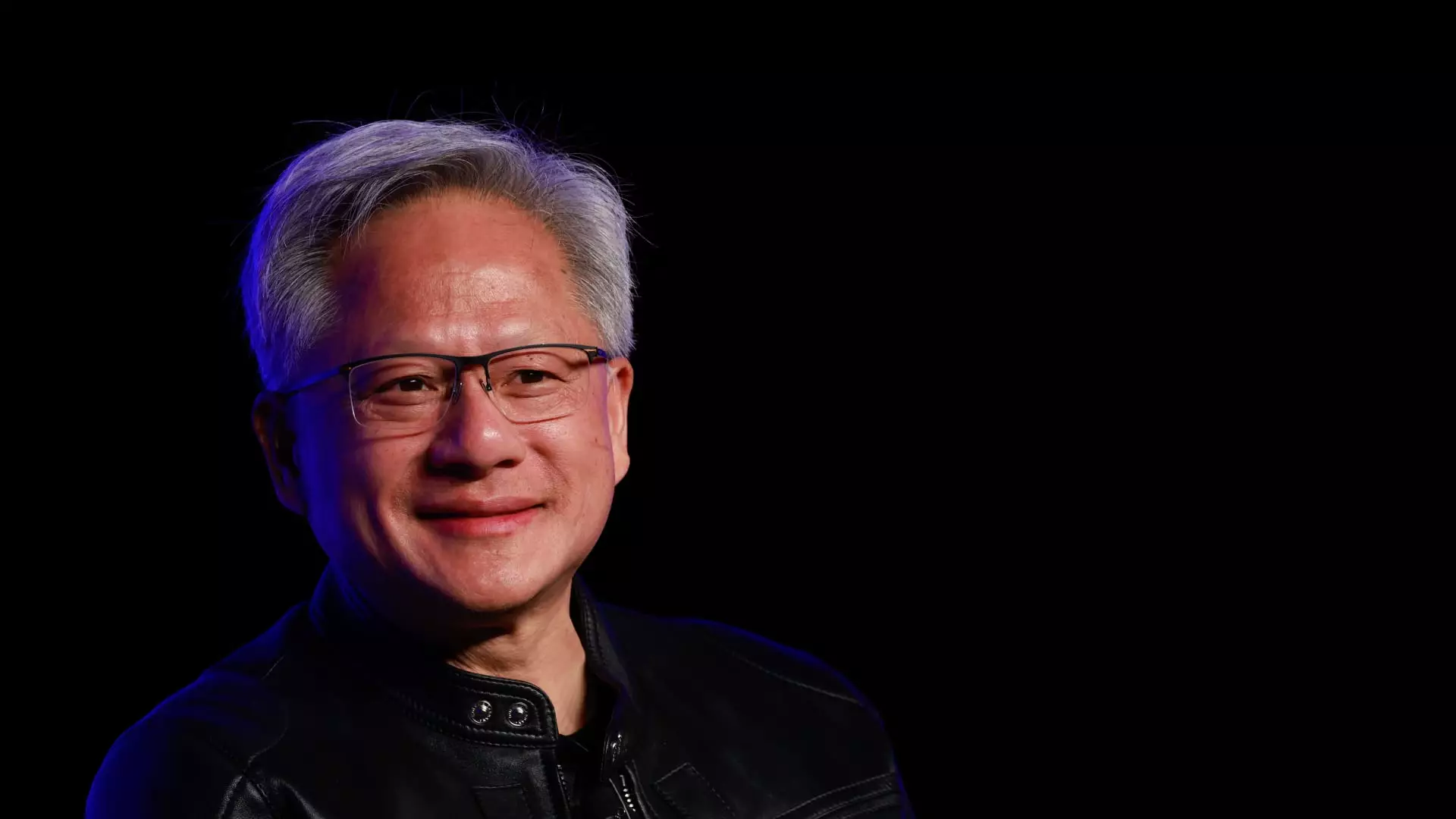In an era where technology often seems like an insurmountable wall, Nvidia CEO Jensen Huang presents a refreshing perspective on artificial intelligence (AI) as the “great equalizer.” During his speech at London Tech Week, he articulated a groundbreaking vision where AI transcends the barriers of traditional computer programming, allowing individuals to communicate with machines using the simplest of tools—everyday language. This shift from complex coding languages to a conversational approach could democratize the tech industry, fostering innovation from people irrespective of their background or technical expertise.
Historically, engaging with technology required mastery over a slew of programming languages and technical jargon, which limited access primarily to skilled professionals. Huang pointed out that, in the past, a certain level of education and technical know-how was a prerequisite for navigating the digital landscape. With the advent of AI, this landscape is shifting. The complexity of software development is being streamlined, allowing anyone—from children to adults—to participate. This transformation not only reduces the learning curve but promises a surge in creativity and problem-solving across various domains.
The Rise of Conversational AI
The emergence of conversational AI, spearheaded by platforms like OpenAI’s ChatGPT, has marked a watershed moment in technology. Reflecting Huang’s observations, the ability to interact with AI in a manner that feels natural and intuitive opens doors for millions to leverage this technology without the baggage of technical barriers. The numbers are staggering; with around 400 million active users on ChatGPT alone, we’re witnessing a significant shift in how individuals engage with AI, making it an invaluable tool in personal and professional contexts alike.
Huang made a compelling analogy: programming an AI is akin to how one might interact with another person. By merely expressing what you want in simple terms—whether drafting a poem or generating code—people can now harness the power of AI to accomplish tasks that were once relegated to those with advanced technical skills. This paradigm shift not only redefines the role of programmers but also enriches the human-machine dynamic, positioning AI as a collaborative partner rather than just a tool.
A Call to Embrace AI at Work
As industries rapidly evolve, Huang emphasizes the importance of incorporating AI into everyday tasks. Companies like Shopify and Duolingo are already leveraging this technology to empower their employees, aiming to enhance productivity and foster creativity. Huang’s advocacy for the integration of AI into the workplace serves as a timely reminder that rather than fearing job replacement, employees should view AI as a catalyst for career growth and skill enhancement.
He addressed the prevalent anxiety surrounding AI’s impact on employment, urging workers to adapt rather than resist this technological tide. Huang believes that understanding and using AI effectively can elevate workers’ value in the increasingly competitive job market. By embracing these tools, employees can augment their capabilities, making them indispensable in an evolving technological landscape.
The Role of Education in the Age of AI
Children today are growing up in an environment rich with AI interfaces, intuitively learning to interact with these technologies. This generational shift is critical; as educational systems evolve, integrating AI into curricula could help students develop skills that will be vital in their futures. Huang’s assertion that “this way of interacting with computers is something that almost anybody can do” presents an exciting opportunity for educators to rethink traditional teaching methods, encouraging a culture of innovation from a young age.
Imagine a classroom where students not only learn about AI but actively engage with it, using it as a tool for research, creativity, and collaboration. By integrating practical applications of AI into education, we can inspire a generation that sees technology not as a daunting challenge but as an accessible and exciting opportunity for exploration and discovery.
Jensen Huang’s insights illuminate a future where AI serves as a bridge rather than a barrier. It paves the way for unprecedented levels of creativity and productivity, resonating with the hopes of a generation eager to redefine their engagement with technology. The message is clear: AI isn’t just for the few; it is an open invitation for everyone to participate in shaping the future.

